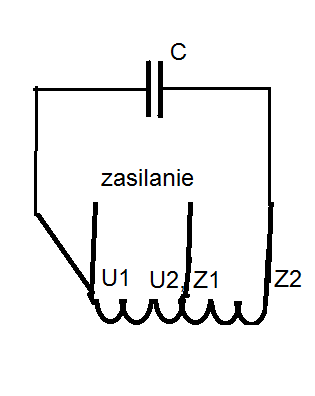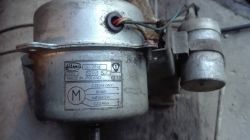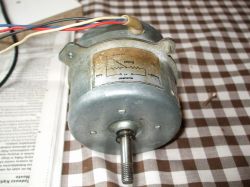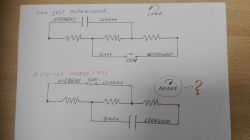Hello.
I make a circular saw for cutting metal (the so-called "rubber band"). I have a motor and the direction of rotation does not suit me. How do I change these spins?
I have already looked at the forum and found a few topics, but they did not give me a clear answer on how to do it.
So I am attaching a diagram of connections made by me under the cover of the engine's "lid". I am asking for a detailed explanation as I am not an electrician ;)
Diagram:

Regards.
I make a circular saw for cutting metal (the so-called "rubber band"). I have a motor and the direction of rotation does not suit me. How do I change these spins?
I have already looked at the forum and found a few topics, but they did not give me a clear answer on how to do it.
So I am attaching a diagram of connections made by me under the cover of the engine's "lid". I am asking for a detailed explanation as I am not an electrician ;)
Diagram:

Regards.









